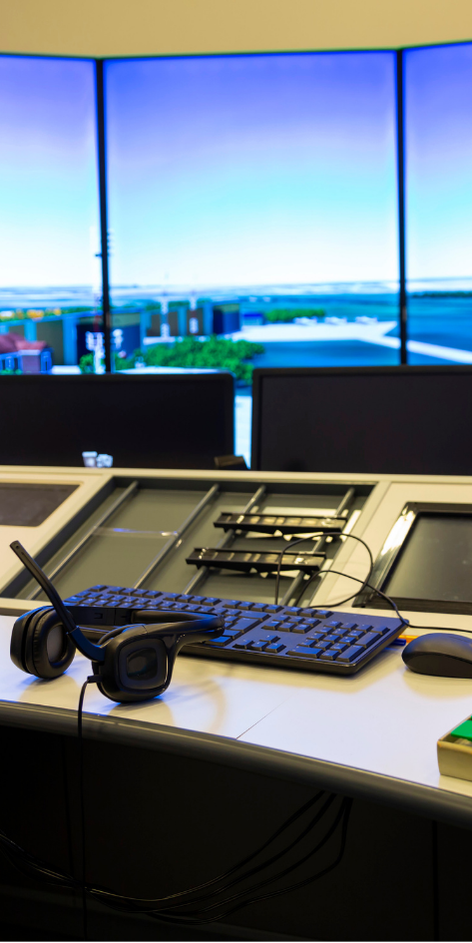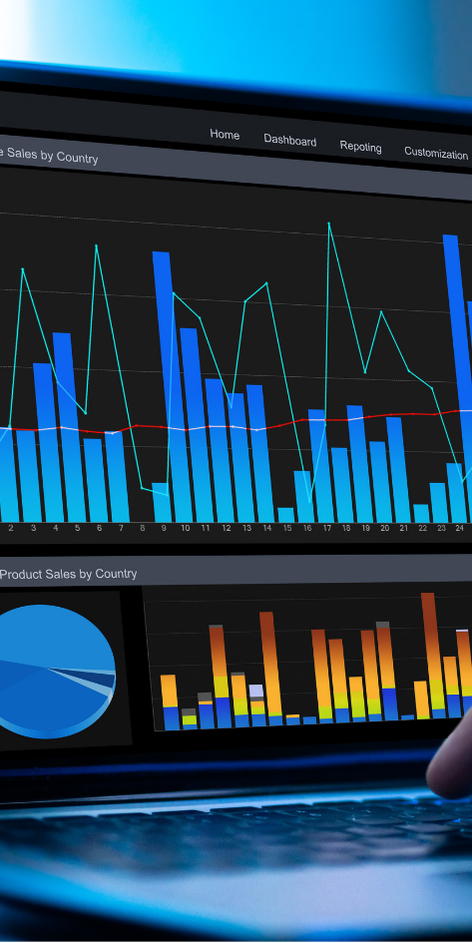Meeting the demands of modern defence requires radical improvements in how capabilities are developed, delivered, and sustained. We help defence organizations navigate complexity and accelerate their digital transformation journey.
Modernizing PLM for Defence Agility

The Challenge: Defence programs face extreme complexity across decades-long lifecycles, demanding rigorous configuration management and traceability (e.g., for security, safety, ITAR compliance). Legacy PLM systems often struggle to provide the integrated digital thread needed to connect engineering, manufacturing, and sustainment (MRO), hindering the speed required to adapt platforms and insert new technologies rapidly.
Solution Approach: Implement a modern PLM strategy centered on a robust, integrated digital thread. This involves establishing a single source of truth for product data, integrating Model-Based Systems Engineering (MBSE) artifacts, enforcing strict configuration and baseline management, enabling secure data exchange across the value chain, and automating workflows to accelerate engineering changes and ensure compliance throughout the platform lifecycle.
Mastering ALM for Software-Defined Capabilities

The Challenge: Software is increasingly defining mission capability, demanding rapid updates to counter evolving threats. However, developing and deploying safety- and security-critical software (e.g., adhering to DO-178C, cybersecurity standards) within integrated hardware/software systems presents significant hurdles. Siloed ALM processes, disconnected from PLM and systems engineering, impede velocity and make demonstrating compliance difficult.
Solution Approach: Integrate ALM, PLM, and Systems Engineering within a unified digital environment. Implement DevSecOps principles adapted for defence, including secure software factories, automated testing and security scanning within CI/CD pipelines, and robust software configuration management. Ensure end-to-end traceability from requirements through code, testing, and deployment to streamline compliance and accelerate the delivery of secure, reliable software updates.
Leveraging AI for Accelerated Capability Development

The Challenge: Staying ahead requires speeding up the process of designing, testing, and improving complex defense systems. Extracting actionable insights from vast amounts of simulation, test, and operational sensor data is often slow and resource-intensive. Applying AI effectively to boost engineering productivity while ensuring reliability and explainability for mission-critical functions remains a key barrier.
Solution Approach: Strategically apply AI/ML to high-impact engineering bottlenecks. Utilize AI for generative design exploration, accelerating complex multi-physics simulations, automating aspects of test and validation analysis, enabling predictive maintenance insights from operational data, and improving requirements analysis. Focus on building the necessary data infrastructure and integrating AI tools seamlessly into existing engineering workflows, prioritizing explainable AI (XAI) where needed for critical decision support.
You want to learn more?
Virtualizing Development & Validation for Mission Readiness

The Challenge: Over-reliance on physical prototypes and live testing is expensive, time-consuming, and often insufficient to validate performance across the full spectrum of operational scenarios. Creating high-fidelity digital representations (Digital Twins) that accurately model complex system-of-systems interactions and support the entire lifecycle from design to sustainment presents technical and organizational hurdles.
Solution Approach: Embrace a “shift-left” strategy through comprehensive virtualization. Develop and integrate high-fidelity, multi-domain simulation models using an MBSE framework. Establish persistent Digital Twins that evolve with the physical asset, enabling virtual testing, early validation of system performance (“test like you fly”), mission planning simulation, and predictive maintenance analytics, ultimately reducing physical testing needs and accelerating capability fielding.
Agile Portfolio Management for Rapid Capability Delivery

The Challenge: Defence portfolios must balance long-term, strategic platform developments with the urgent need to field new capabilities rapidly in response to immediate operational needs and a dynamic threat landscape. Traditional, rigid portfolio management struggles to adapt resource allocation quickly, prioritize effectively across diverse requirements, and manage the transition towards more adaptable, product-line oriented capability families.
Solution Approach: Implement an agile portfolio management framework tailored for defence. Integrate continuous threat analysis and capability gap assessment into the prioritization process. Establish faster funding cycles and dynamic resource allocation mechanisms. Foster a product-line management mindset to enable incremental capability upgrades and faster technology insertion, ensuring the portfolio remains aligned with evolving strategic objectives and operational demands.
Enabling Secure, High-Speed Multi-Partner Collaboration

The Challenge: Major defence programs increasingly rely on complex, multi-national consortia, joint ventures, and intricate supply chains. Securely sharing sensitive design data (subject to ITAR, national caveats, etc.), ensuring interoperability between partner systems and processes (e.g., meeting STANAGs), and establishing effective governance across organizational and security boundaries are significant barriers to achieving program velocity.
Solution Approach: Establish secure, federated digital collaboration environments that allow controlled data sharing and joint workflows across partners. Define and enforce clear interoperability standards and common data models (potentially based on MBSE). Implement robust governance frameworks for JVs and partnerships, clarifying roles, responsibilities, and IP management. Leverage secure cloud technologies where appropriate and implement secure supply chain integration practices to enable seamless collaboration at speed and scale.
Ready to accelerate your defence engineering capabilities?
Get in touch with our Defence Engineering expert.

Johannes Florian
Associate Partner

 ISO/IEC 27001:2013 certified
ISO/IEC 27001:2013 certified